Texas Memorial Museum Reopens with a Dino-Sized Roar as the Texas Science & Natural History Museum
The historic building on the UT Austin campus welcomes the public back with newly added museum exhibits after renovations and a rebrand

We admit to being rather overly excited when hearing the news that the Texas Memorial Museum would soon reopen its doors after a long closure for renovations. We’re quite fond of this particular museum which originally opened on the University of Texas at Austin campus in 1939. The historic building features a grand Art Deco design, which is quite impressive and worthy of a visit to admire the architecture alone. While small in volume of exhibits, it’s sizeable in sentimentality. The museum offers a sense of sweet nostalgia, having been a favorite destination across decades for family outings, for field trips, for anyone with a fascination of fossils and Texas wildlife.
We were recently invited in for a sneak peek and were eager to see what’s new. While pretty and polished post-renovation, this little Austin gem still holds firm with fond feelings of familiarity. Enjoy a few new exciting additions, but behold some of the old classic elements such as Texas Wildlife Gallery that features a diorama of taxidermy specimens on the third floor or the huge Onion Creek Mosasaur fossils on the first floor. Whether your a returning visitor or exploring for the first time, be sure to mark your calendar for a grand re-opening on September 23.
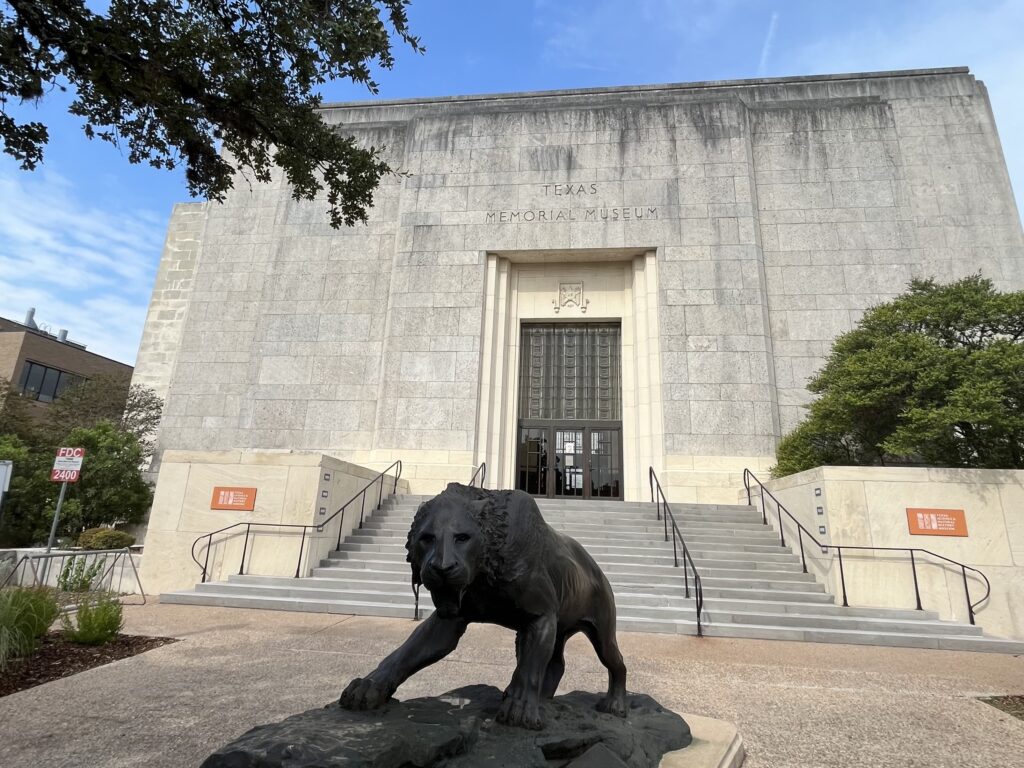
Old museum, new name
The first and most notable change is the museum’s name. This cultural institution has been known as the Texas Memorial Museum for the past 86 years, but it now will be called the Texas Science and Natural History Museum.
“As the only science and natural history museum in Greater Austin, the new name tells the public exactly what they can expect when they come through the doors,” said Carolyn Connerat, museum managing director.
The new name offers some clarity about what visitors can experience inside and better communicates the focus and mission. It houses extensive fossil exhibits and more, while also highlighting leading research discoveries from across the sciences.

Renovations and Repairs to the Texas Science & Natural History Museum
Renovations were recently made from top to bottom, many of which might go unnoticed to the general visitor, such as repairs to the roof, along with the electrical and plumbing systems, restroom updates, new lighting, cleaning of the museum’s limestone, restoration of the building’s original glass block windows, etc.
Additionally, a pollinator garden was installed near the main entrance through a collaboration with the Wildflower Center, and a new garden of Texas sustainable plants has been added to the west patio as well as a large tent for events such as weddings and private parties.

New and Notable Exhibits
When you first step into the Great Hall, look up at the original Quetzalcoatlus northopi, a pterosaur with a 33-foot wingspan — the largest flying animal to ever live. Then view the new full-size, 33-feet long tyrannosaur skeleton. The reconstructed skeleton was built based on the maxilla of a tyrannosaur that was discovered in West Texas. In fact, both of the Texas Titans were discovered in Big Bend National Park by UT researchers.
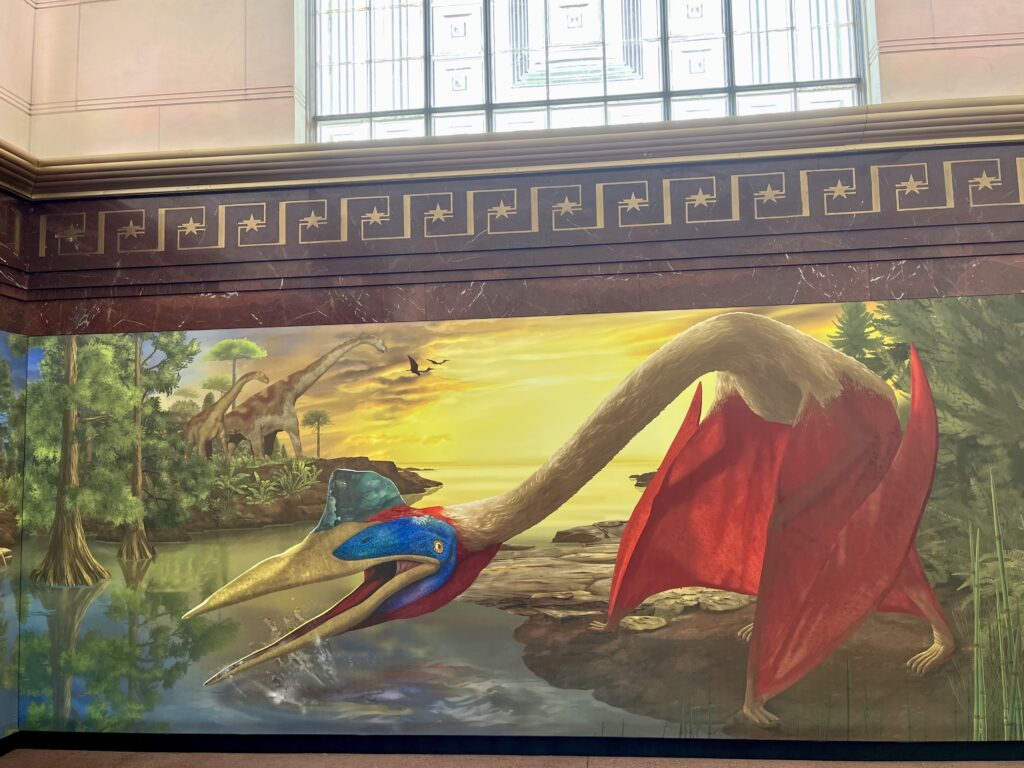
There are two new murals on the walls of the Great Hall that shows what Big Bend would have looked like 67 million years ago and what these animals would have looked like when alive.
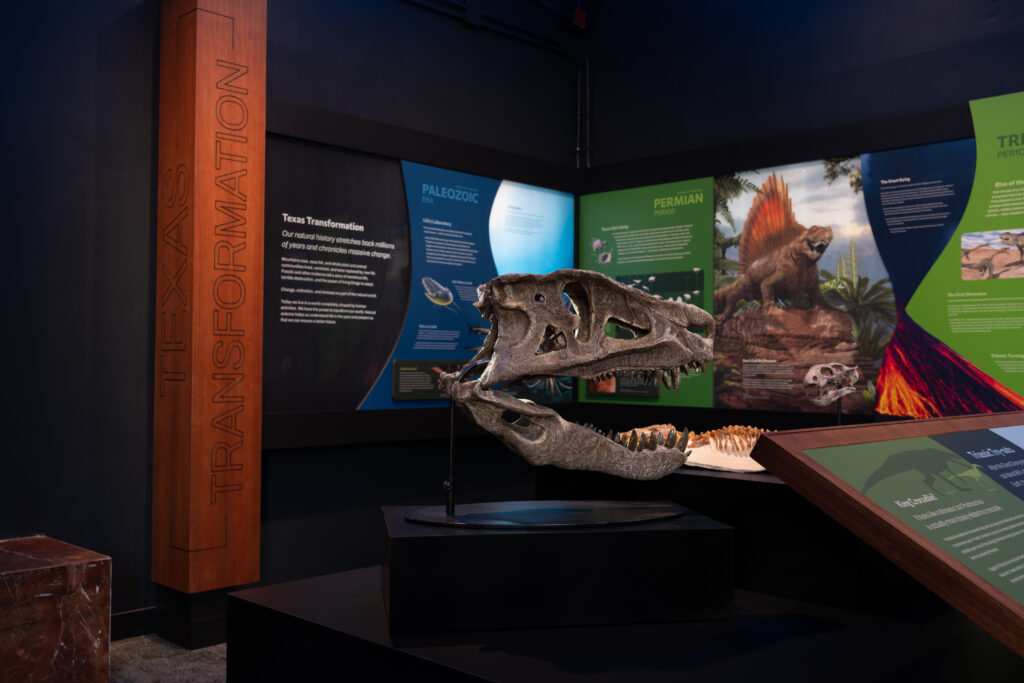
A new addition in the Great Hall, Texas Transformation, features a large-scale timeline that takes visitors step by step through major transitions in the history of life in Texas.

When you walk through the museum’s entrance, you’ll notice “Decimation Proclamation,” a beautiful new artwork featuring hundreds of colorful butterflies. It was created by former UT BFA student and multidisciplinary artist Daneida Castillo who incorporated 650 butterflies that had been donated to The University of Texas Insect Collection. The installation is inspired by the shape of a tree, with themes of life and biodiversity.
“The beautiful artwork, interactives, and specimens will engage visitors and give them a glimpse of the fabulous diversity of life in Texas over the last 600 million years,” said Dr. Pamela R. Owen, associate director.
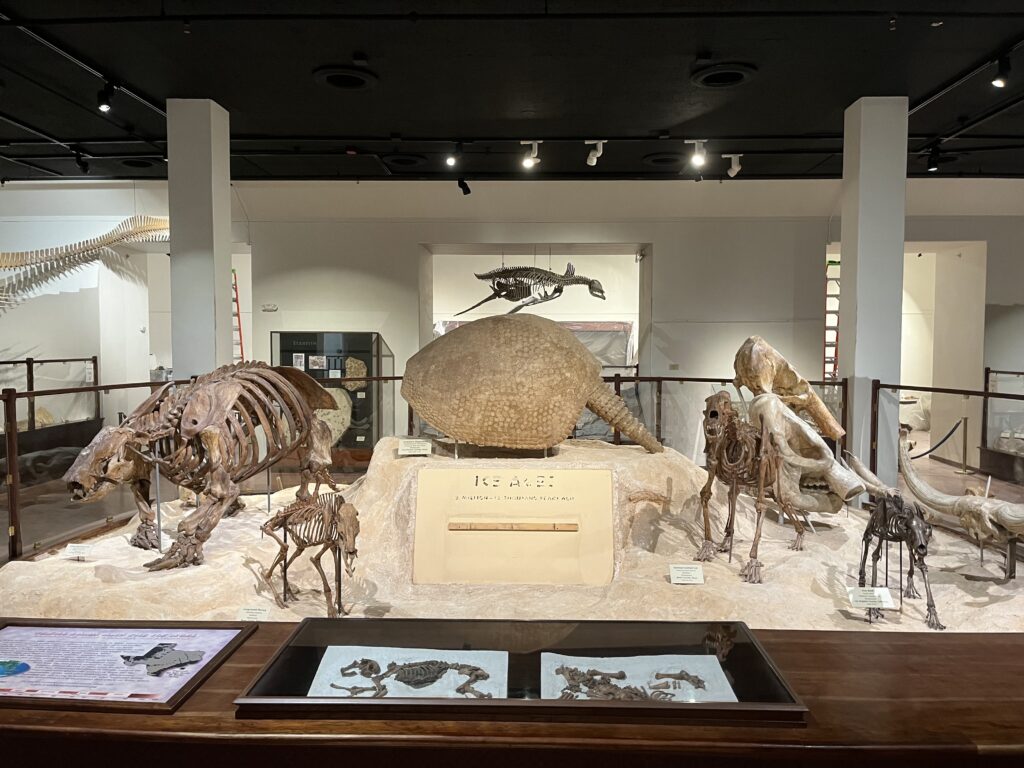
Familiar Favorites Will Gradually Get Updates
The museum will continue to update older exhibits, but all renovations will be staggered so that visitors will be able to enjoy their visit without any further significant facility closures. On the museum’s first floor, the Paleontology Gallery will be updated with new informational signage, as well as the creation of a new Discovery Center to provide hands-on learning opportunities. The third floor will get a new exhibit about the history of the museum itself, along with small updates to the Texas Wildlife exhibits. On the fourth floor, exhibits highlighting scientific research at UT Austin are planned for installation soon.
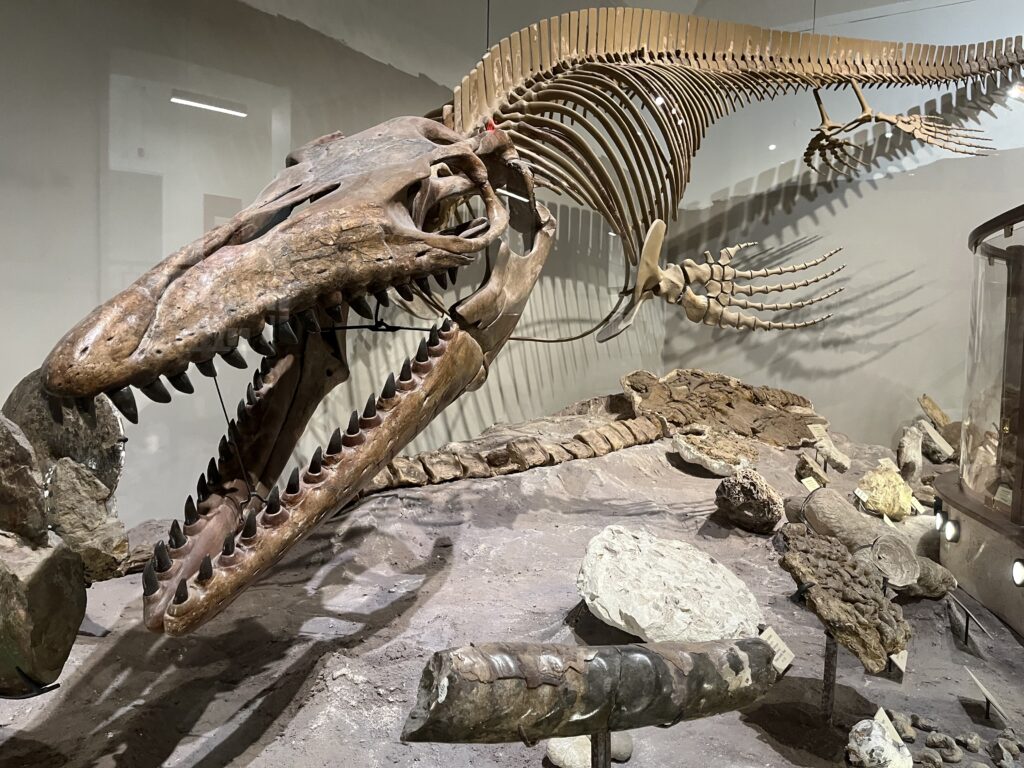
Grand Opening of Texas Science & Natural History Museum
An opening celebration will be held on Saturday, September 23 from 10 a.m. – 2 p.m. Enjoy free admission, live music, hands-on science activities, refreshments courtesy of H-E-B, a performance by Texas Cheer, and a ribbon-cutting ceremony at 12 p.m. Visitors will also have the chance to learn about the museum’s new membership program that includes year-round admission and other benefits.
For much more information, visit sciencemuseum.utexas.edu.
